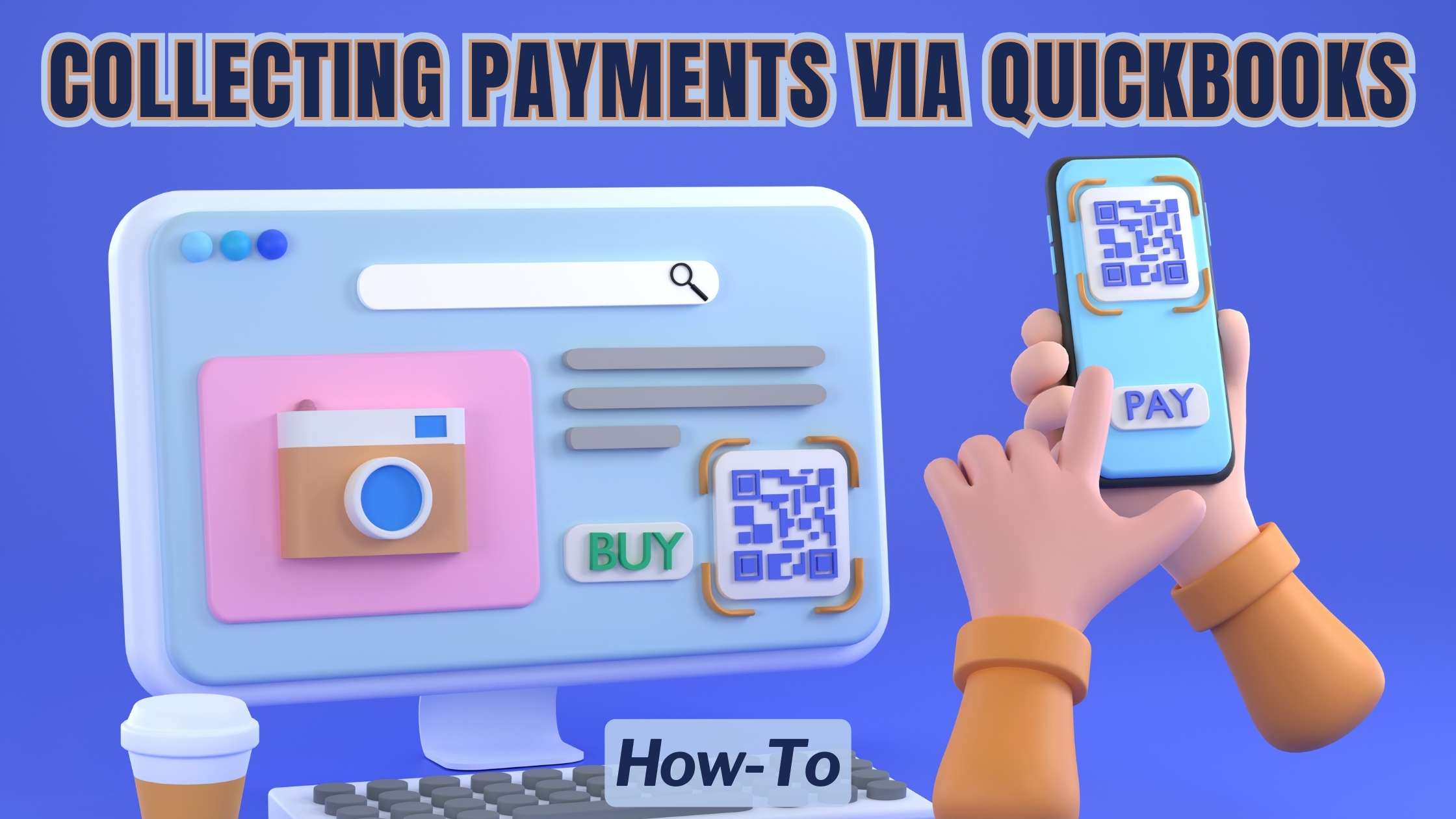Collecting Payments via QuickBooks: How-To
- Expense Management Software Credit Cards Investing Business Solutions


Collecting Payments via QuickBooks: How-To
QuickBooks has become a staple in the realm of small business accounting, offering a comprehensive suite of tools to streamline financial processes. One such functionality is the ability to collect payments directly through QuickBooks, simplifying the invoicing and payment collection process for businesses of all sizes. In this article, we will delve into the intricacies of collecting payments via QuickBooks, providing a step-by-step guide and exploring the benefits of leveraging this feature.
Understanding Payment Collection in QuickBooks
Before delving into the how-to aspect, it’s essential to understand the fundamentals of payment collection within QuickBooks. QuickBooks offers various methods for collecting payments from customers, including credit card processing, bank transfers, and online payment gateways. By integrating payment processing capabilities directly into the QuickBooks platform, businesses can streamline their invoicing process and expedite the collection of payments from clients.
Benefits of Collecting Payments via QuickBooks
- Streamlined Invoicing: QuickBooks enables businesses to generate professional invoices and send them directly to customers via email. This streamlines the invoicing process and eliminates the need for manual paperwork, saving time and reducing errors.
- Faster Payment Processing: By offering multiple payment options, including credit card payments and bank transfers, QuickBooks accelerates the payment collection process, allowing businesses to receive payments more quickly and improve cash flow.
- Automatic Payment Reminders: QuickBooks can automatically send payment reminders to customers for overdue invoices, reducing the need for manual follow-up and improving overall collections efficiency.
- Integration with Accounting Software: Payments collected through QuickBooks seamlessly integrate with the platform’s accounting software, allowing businesses to reconcile transactions, track income, and generate financial reports with ease.
- Enhanced Security: QuickBooks prioritizes data security and compliance, ensuring that sensitive payment information is protected through encryption and other security measures, providing peace of mind for businesses and their customers.
How to Collect Payments via QuickBooks
Now, let’s explore the step-by-step process of collecting payments via QuickBooks:
- Create an Invoice: Start by creating a detailed invoice within QuickBooks, specifying the products or services provided, quantities, prices, and payment terms.
- Select Payment Options: Choose the payment options you wish to offer to your customers, including credit card payments, bank transfers, or online payment gateways such as PayPal or Stripe.
- Send Invoice to Customer: Once the invoice is created, send it to your customer via email directly from QuickBooks. Include instructions on how to submit payment and any relevant payment deadlines.
- Track Payment Status: Monitor the status of your invoices within QuickBooks to track payments received, outstanding balances, and overdue invoices. Utilize built-in reporting tools to gain insights into your accounts receivable and cash flow.
- Receive and Record Payment: When a payment is received from a customer, record the transaction within QuickBooks, specifying the payment method and amount received. Ensure that the payment is properly allocated to the corresponding invoice.
- Reconcile Transactions: Periodically reconcile your bank accounts within QuickBooks to ensure that all payments received are accurately reflected in your financial records. This helps maintain accuracy and integrity in your accounting practices.
Relevant SaaS Products for Payment Collection in QuickBooks
As businesses seek to optimize their payment collection processes within QuickBooks, several SaaS products offer complementary functionalities and integrations. Here are some notable SaaS products that facilitate payment collection and management within QuickBooks:
- Stripe: Stripe provides a robust payment processing platform that seamlessly integrates with QuickBooks, enabling businesses to accept credit card payments and manage transactions efficiently.
- PayPal: PayPal offers a convenient payment gateway solution that integrates with QuickBooks, allowing businesses to accept online payments securely and easily reconcile transactions.
- Square: Square provides a suite of payment processing tools, including hardware and software solutions, that seamlessly integrate with QuickBooks, enabling businesses to accept in-person and online payments.
- Authorize.Net: Authorize.Net offers a reliable payment gateway solution that integrates with QuickBooks, allowing businesses to securely process credit card payments and manage transactions in real-time.
- Bill.com: Bill.com offers an automated accounts payable and accounts receivable platform that integrates with QuickBooks, streamlining payment collection, invoice processing, and cash flow management.
Conclusion
Collecting payments via QuickBooks offers businesses a convenient and efficient way to streamline their invoicing and payment collection processes. By leveraging the integrated payment processing capabilities of QuickBooks and complementary SaaS products, businesses can improve cash flow, enhance customer satisfaction, and maintain accurate financial records with ease.
For businesses seeking comprehensive solutions to manage their financial processes, including payment collection via QuickBooks, Subscribed.FYI serves as a valuable resource. By offering reviews, comparisons, and deals on SaaS products that integrate with QuickBooks, Subscribed.FYI empowers businesses to make informed decisions and optimize their financial management strategies effectively.
Relevant Product Links:
Explore Subscribed.FYI:





